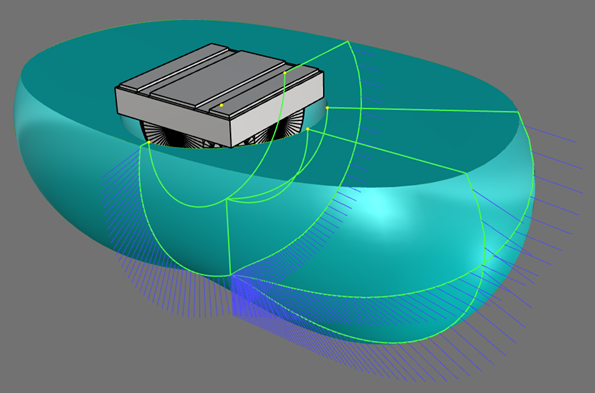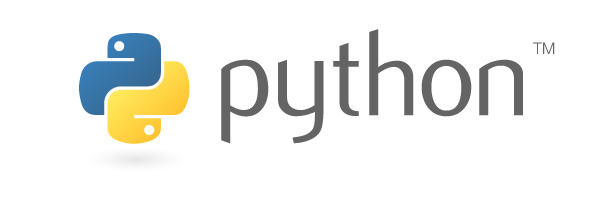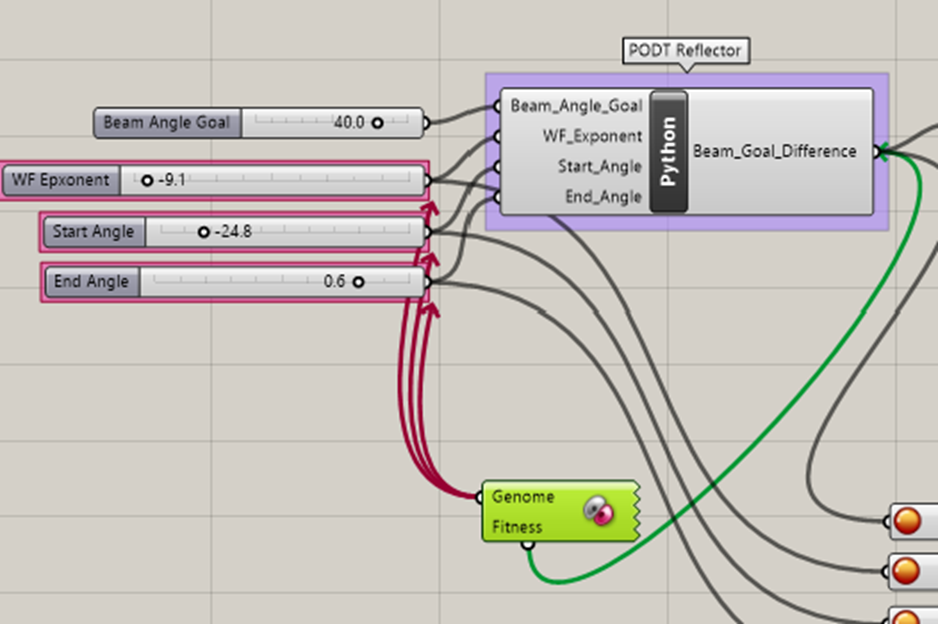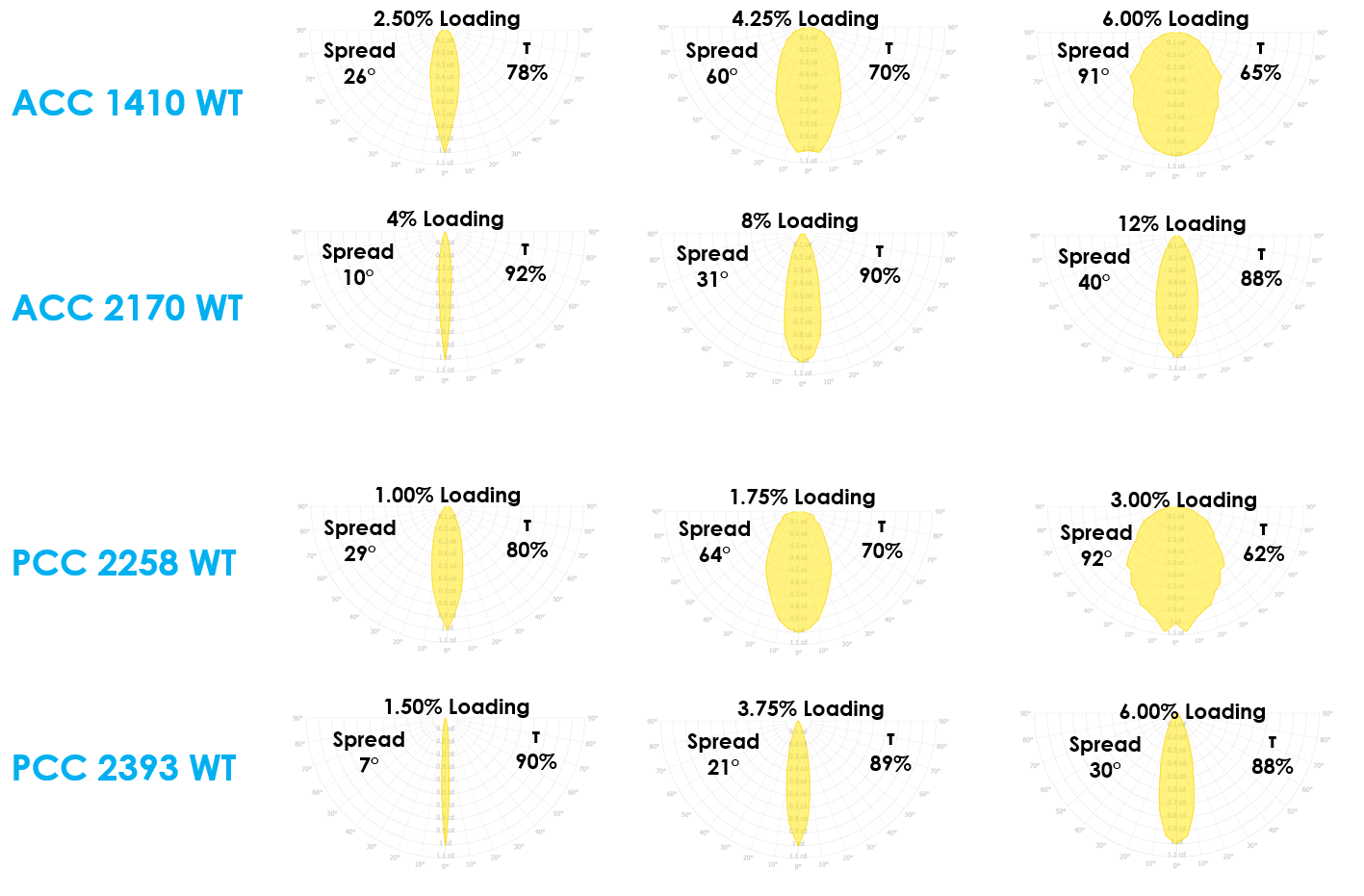3D Lofted PODT surfaces for Rhino along with scripting and optimization support.

PODT Lofting
Rhinoceros now includes lofting of multiple PODT profiles, commonly used to create roadway lenses.
Optimization and Automation




Photopia 2022.1 includes new scripting capabilities which allow for automatic design creation and optimization.
All Photopia commands can be used in Python Script programs, including running raytraces, setting any PODT geometry parameter, reading any output value, assigning materials, etc. This is in addition to using any Rhino commands in your scripts as well. This allows you to use Python optimization programs that we provide or created on your own to optimize PODT reflectors & lenses or any other parameterized geometry you create in Grasshopper. This also integrates with the Galapagos genetic algorithm based optimization tool built into Grasshopper when optimizing multi-parameter designs. This powerful system is extremely flexible and opens the door to a wide range of new opportunities in the Photopia for Rhino platform. This is one reason why the Rhino plug-in is a low cost and high value companion to Photopia for SOLIDWORKS users as well.
Volumetric Scattering Materials from OptiColor


A range of new “volumetric scattering” refractive pmma and pc materials have been added from OptiColor, a custom color compounding company used by some of the largest plastics manufactures in the industry. This allows you to choose from a wide range of additive percentages to dial in just how much lens diffusion is needed for your particular application, and then know exactly which material designation to order. This solves a longtime problem that used to require a costly & time consuming process of creating multiple prototypes with a variety of material mixes to determine which one worked best. Volumetric scattering materials model the correct diffusing effects for any lens thickness and even variable thickness parts.
